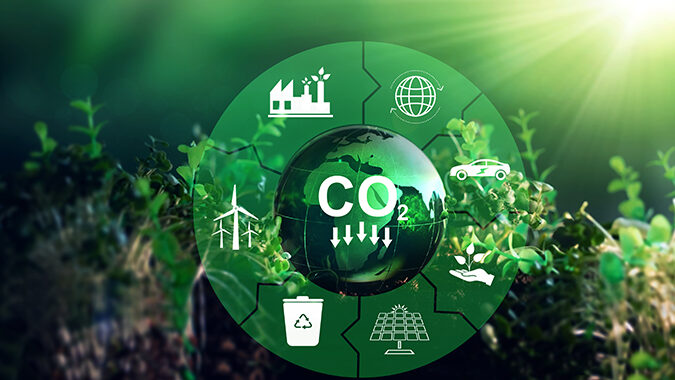Federal officials say they will open applications on May 31 for $4 billion worth of new tax credits for advanced energy manufacturing and decarbonization projects authorized by the federal Inflation Reduction Act signed into law last summer.
To be eligible in the first round, applicants must submit a “concept paper” to the Department of Energy by July 31, which will determine whether it can move forward in the approval process.
The Inflation Reduction Act provided $10 billion in new funding for the Qualifying Advanced Energy Project Credit program – part of $369 billion in clean energy initiatives in the new law. The initial funding round announced this week is for $4 billion, with about $1.6 billion reserved for projects in underserved and hard-hit coal communities.
The U.S. Treasury and the IRS issued Notice 2023-18 on Monday providing guidance on the advanced energy tax credits, which are aimed at expanding U.S. manufacturing capacity and jobs in clean energy technologies. The program will provide incentives for clean energy property manufacturing and recycling, industrial decarbonization, and critical materials processing, refining, and recycling.
“These investments will also allow for existing energy infrastructure to be retooled for the clean energy economy and lower energy costs for families who have struggled to pay their utility bills,” Deputy Treasury Secretary Wally Adeyemo said. “The guidance released today gets these programs off the ground, as we continue to work toward allocating incentives to these critical projects.”
The notice provides a broad range of examples of projects eligible to apply for an investment tax credit of up to 30%, including manufacturing of fuel cells and components for geothermal electricity and hydropower, equipment for carbon capture, and critical minerals processing facilities.
In addition, Notice 2023-17 also issued earlier this week establishes the Low-Income Communities Bonus Credit program under Section 48(e) of the IRS code for wind and solar projects in low-income “environmental justice” communities. This program provides a boost of up to 20 percentage points to the investment tax credit for eligible projects.
The Low-Income Communities Bonus Credit program will allocate 1.8 gigawatts of capacity available in 2023 across four categories for solar and wind projects with maximum output of less than 5 megawatts.
The application process for the Low-Income Communities Bonus Credit program will open in 2023 in two phases,” the U.S. Treasury Department said in a statement. Applications for facilities that are part of low-income residential buildings and those that benefit low-income households will be accepted first, with applications for other projects to follow.
Adeyemo said the investments made by the Inflation Reduction Act will grow the clean energy economy and drive investment in communities that have often been overlooked and left behind.
“These investments will create good-paying jobs in vital fields like clean energy manufacturing, critical minerals processing, and solar installation,” Adeyemo said.

